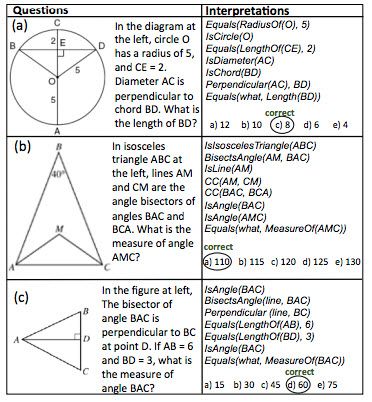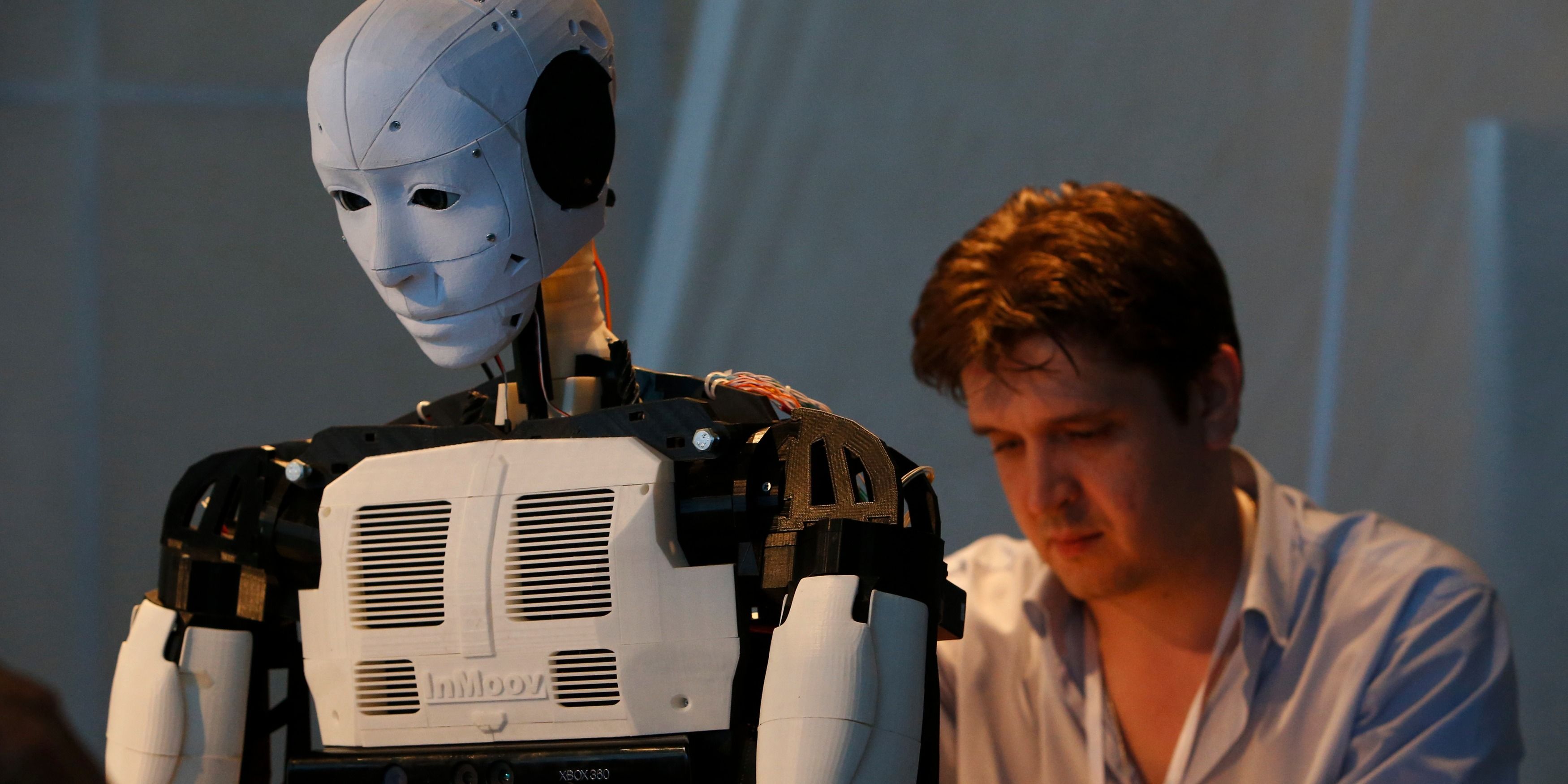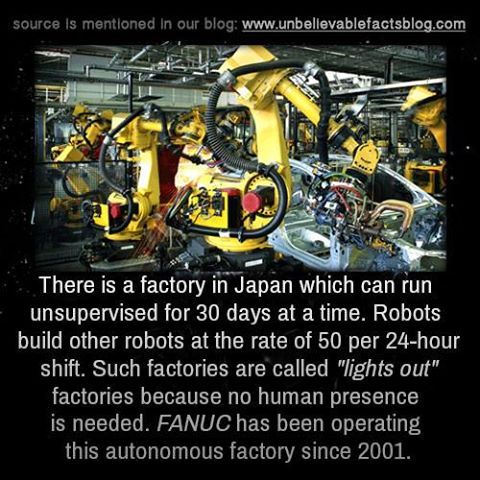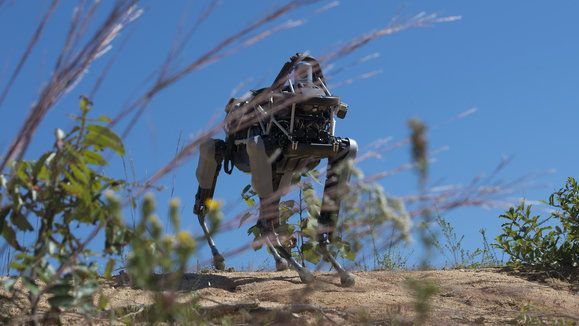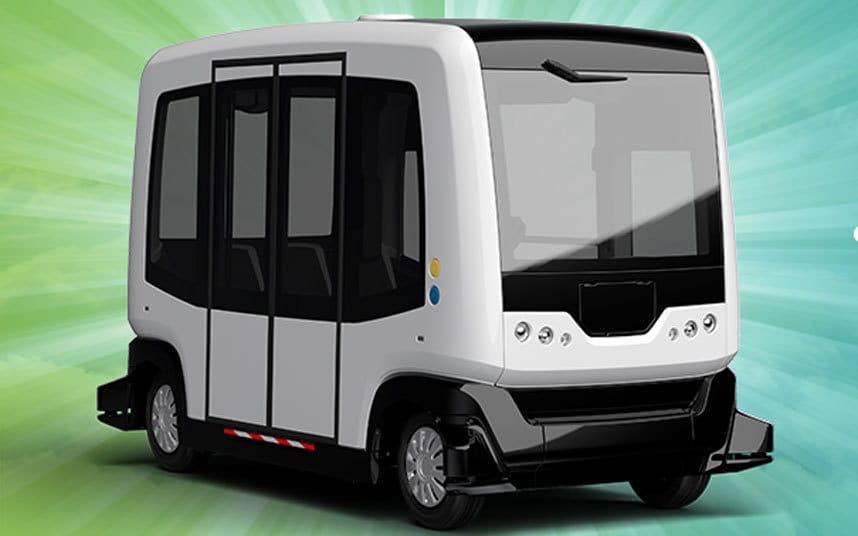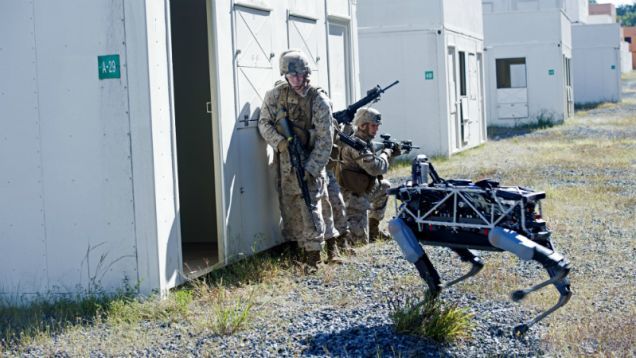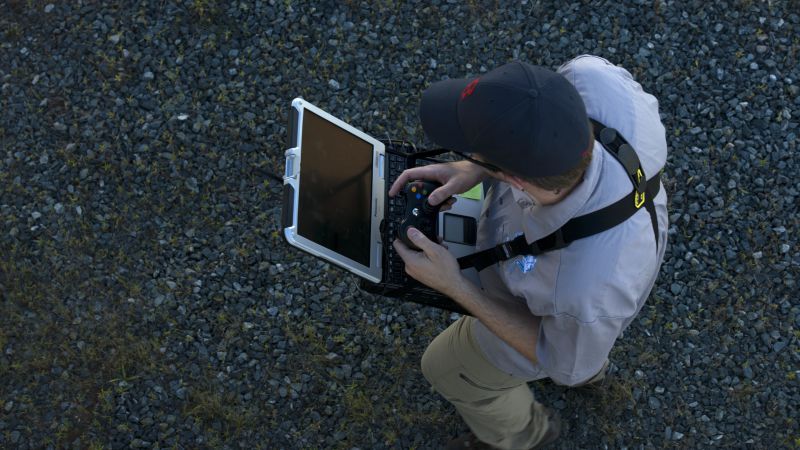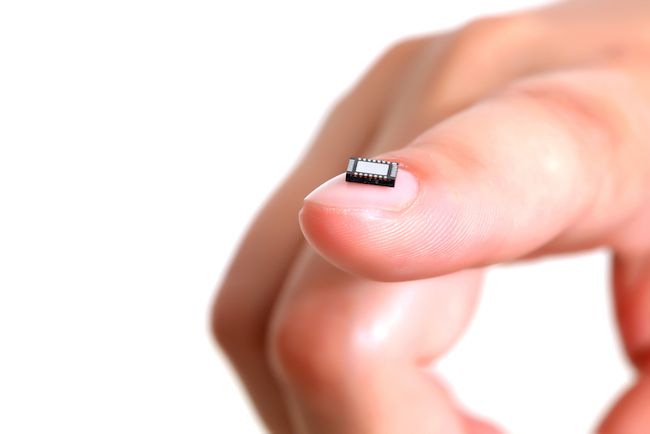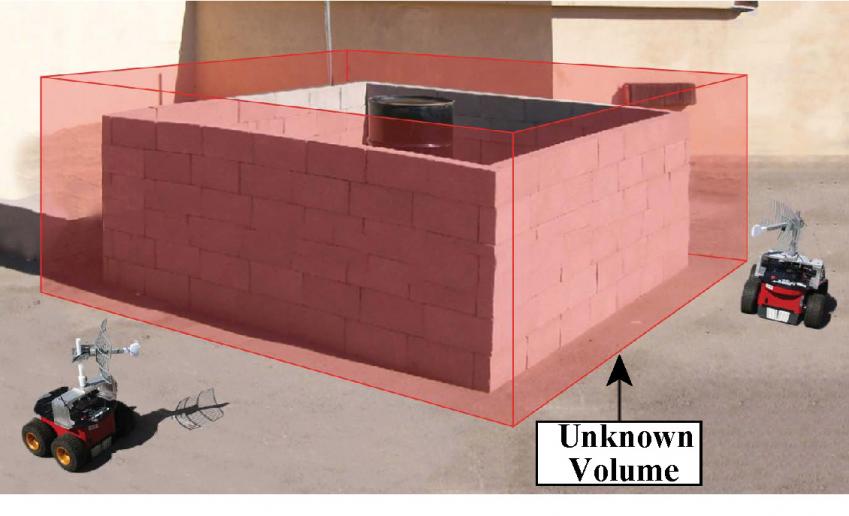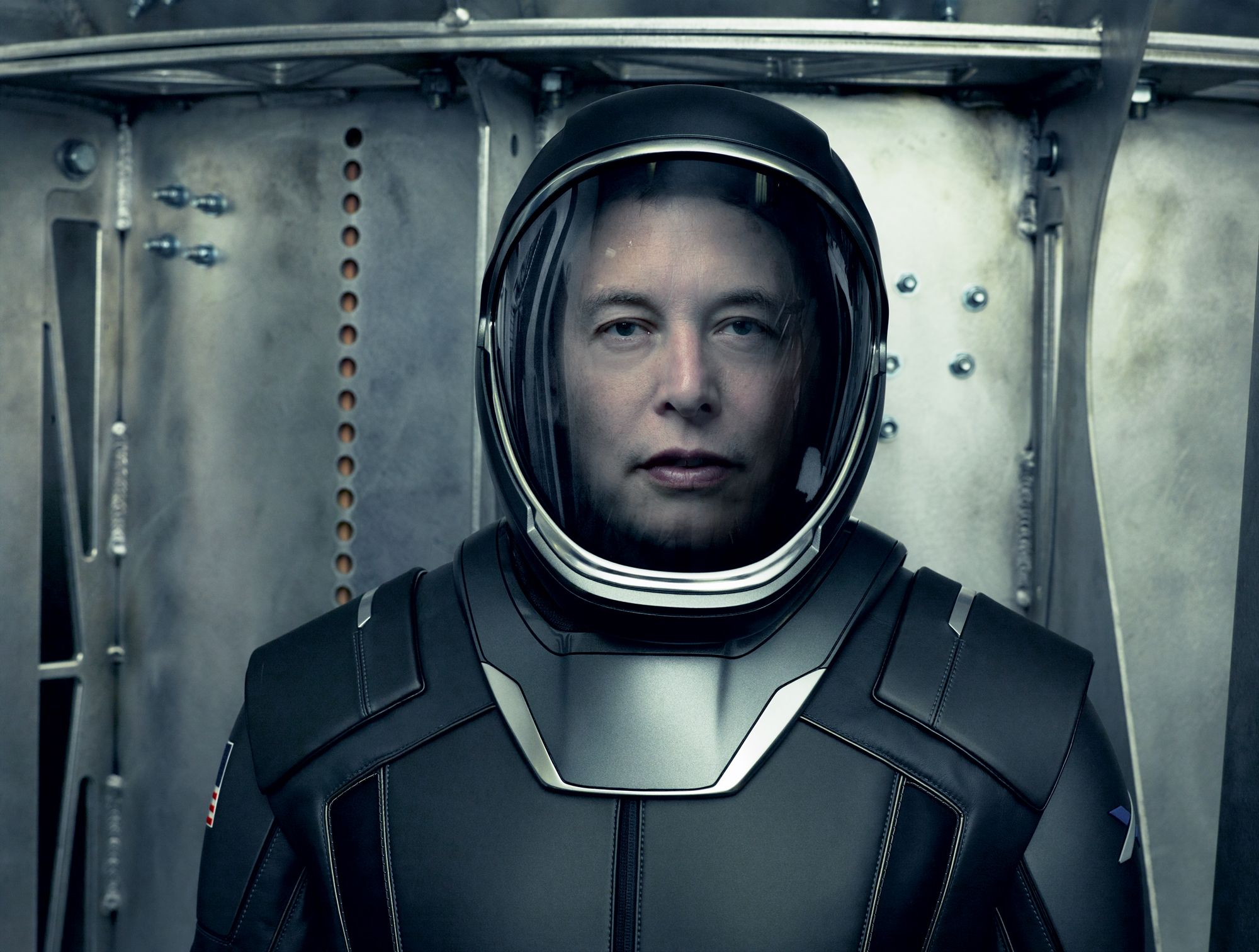
Making spaceships and electric supercars isn’t enough for Elon Musk. Meghan Daum meets the entrepreneur who wants to save the world.
The name sounds like a men’s cologne. Or a type of ox. It sounds possibly made up. But then, so much about Elon Musk seems the creation of a fiction writer—and not necessarily one committed to realism. At 44, Musk is both superstar entrepreneur and mad scientist. Sixteen years after cofounding a company called X.com that would, following a merger, go on to become PayPal, he’s launched the electric carmaker Tesla Motors and the aerospace manufacturer SpaceX, which are among the most closely watched—some would say obsessed-over—companies in the world. He has been compared to the Christian Grey character in the Fifty Shades of Grey movie, though not as often as he’s been called “the real Tony Stark,” referring to the playboy tech entrepreneur whose alter ego, Iron Man, rescues the universe from various manifestations of evil.
The Iron Man comparison is, strangely, as apt as it is hyperbolic, since Musk has the boyish air of a nascent superhero and says his ultimate aim is to save humanity from what he sees as its eventual and unavoidable demise—from any number of causes, carbon consumption high among them. (As it happens, he met with Robert Downey, Jr., to discuss the Tony Stark role, and his factory doubled as the villain’s hideaway in Iron Man 2.) To this end he’s building his own rockets, envisioning a future in which we colonize Mars, funding research aimed at keeping artificial intelligence beneficial to humanity, and making lithium-ion electric batteries that might, one day, put the internal-combustion engine out to pasture.
Read more
